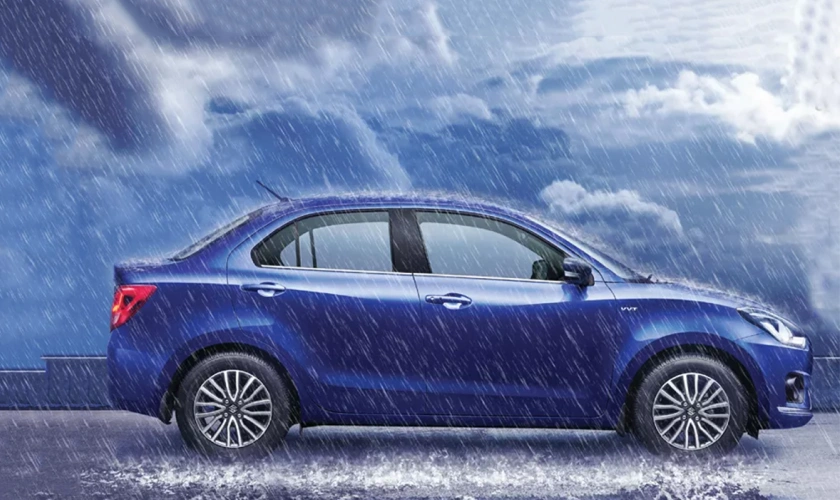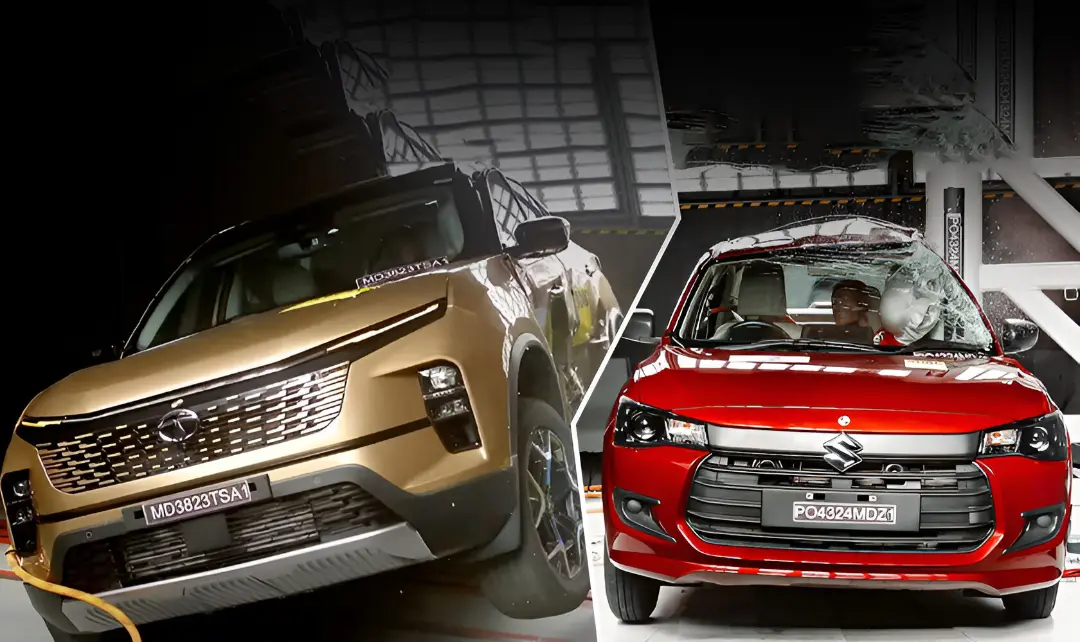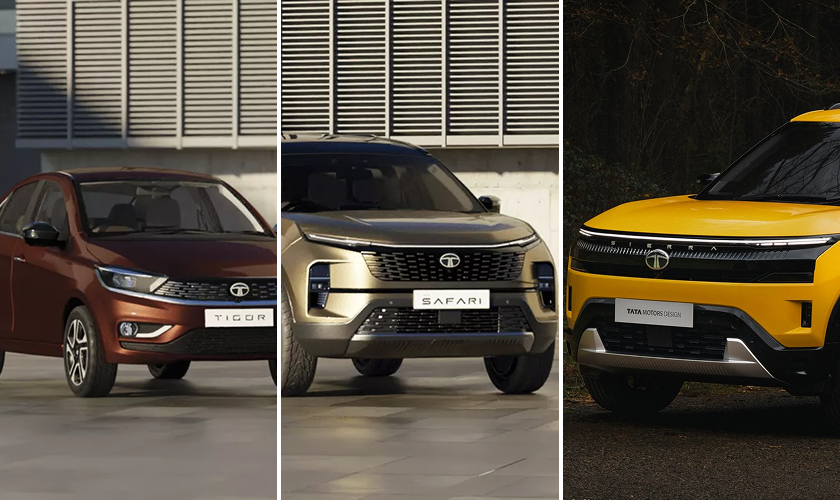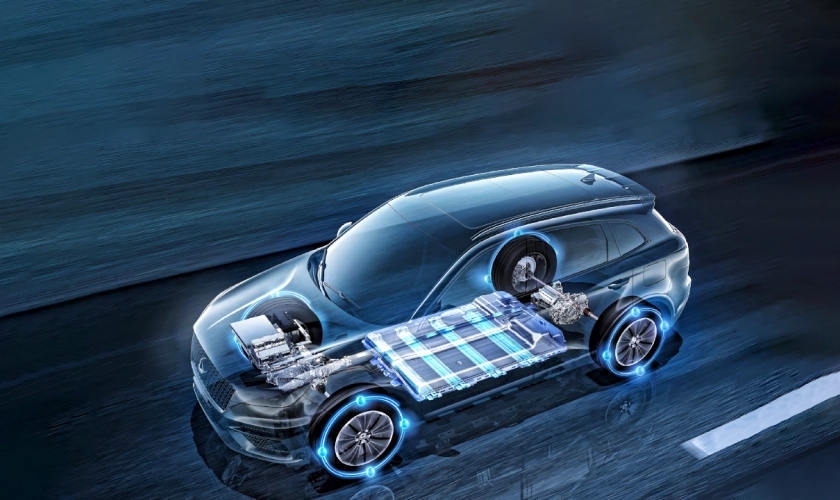Blog Chapters
Toggle10 Jul 2025, 06:04 PM
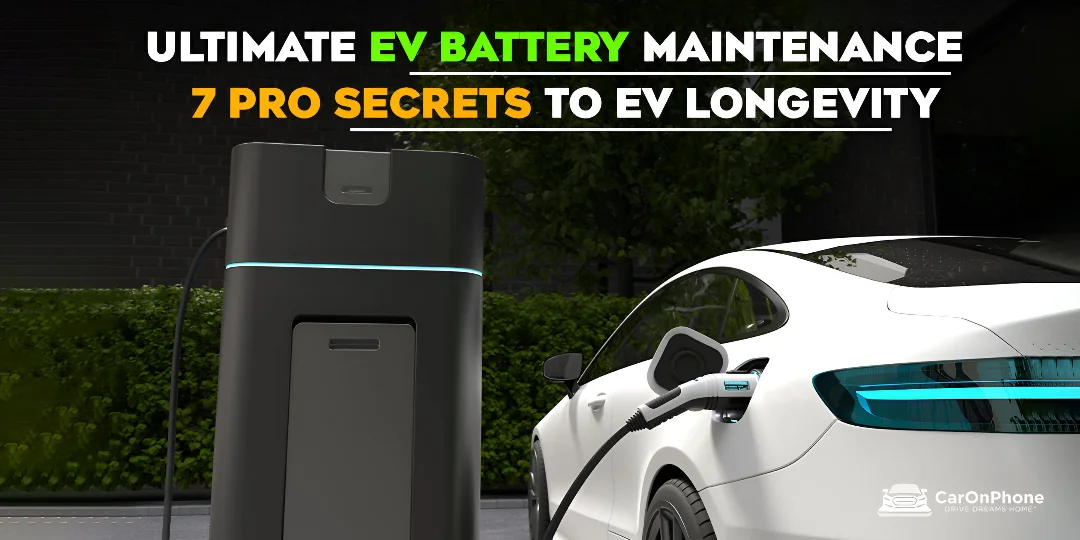
Keeping your electric car battery maintenance game strong is the key to worry-free driving and consistent range.
In this guide, you’ll find actionable tips on EV battery care, best charging practices, and battery thermal management to extend EV battery life. Dive in for pro-level insights that go beyond the basics.
Whether you own a Tata Nexon EV, MG ZS EV, or Hyundai Kona Electric, these strategies will help you protect one of the priciest components in your ride. By the end, you’ll understand how simple habits can translate into thousands of rupees saved and a healthier battery pack.
If you’re ready to unlock peak performance, let’s get started.
Blog Chapters
ToggleYour battery pack makes up nearly half of an EV’s cost, so treating it right is non-negotiable.
Good battery management preserves capacity, minimizes range anxiety, and boosts resale value. Following these practices today means you’ll dodge unexpected capacity fades later on.
Regular attention also helps you detect early warning signs—like imbalanced cells or coolant leaks—before they become expensive repairs.
Stick with these fundamentals and you’ll see more consistent range numbers on your dash, charge after charge.
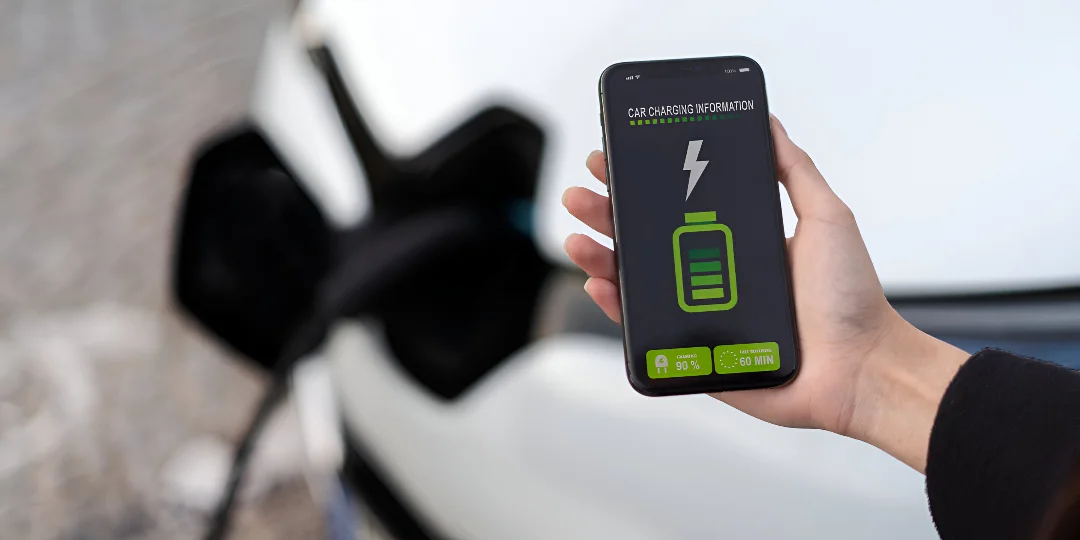
Establish a charging routine that balances speed and longevity.
Charging slowly keeps cell temperatures in check and avoids unnecessary heat build-up. Over time, this lowers the rate of chemical breakdown inside each lithium-ion cell.
If you have a timer, schedule charging to finish just before your morning commute—this prevents your battery from sitting at peak state-of-charge for hours.
And don’t forget to unplug once you hit your target; leaving it at 100% for days can accelerate wear.
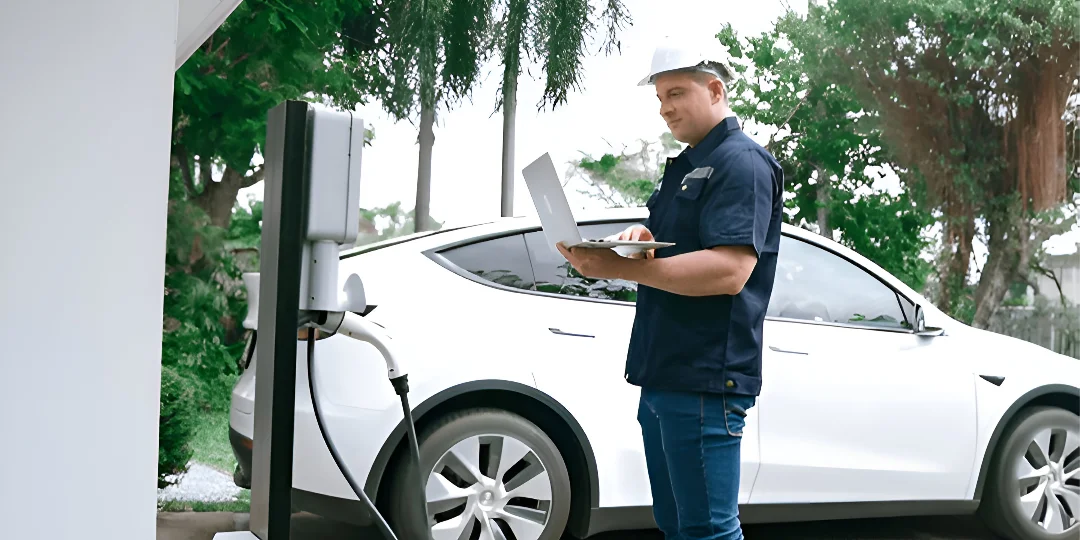
Temperature extremes can accelerate capacity loss in lithium-ion cells.
Most modern EVs use liquid cooling or air circulation to maintain an ideal pack temperature between 20–35°C. If your model allows manual fan control, use it in heatwaves.
Consider adding sun-reflective window shades or a light car cover when parking outdoors, especially in peak summer.
Pay attention to cabin temperature readouts—your thermal management system doubles as a smart gauge for pack health.
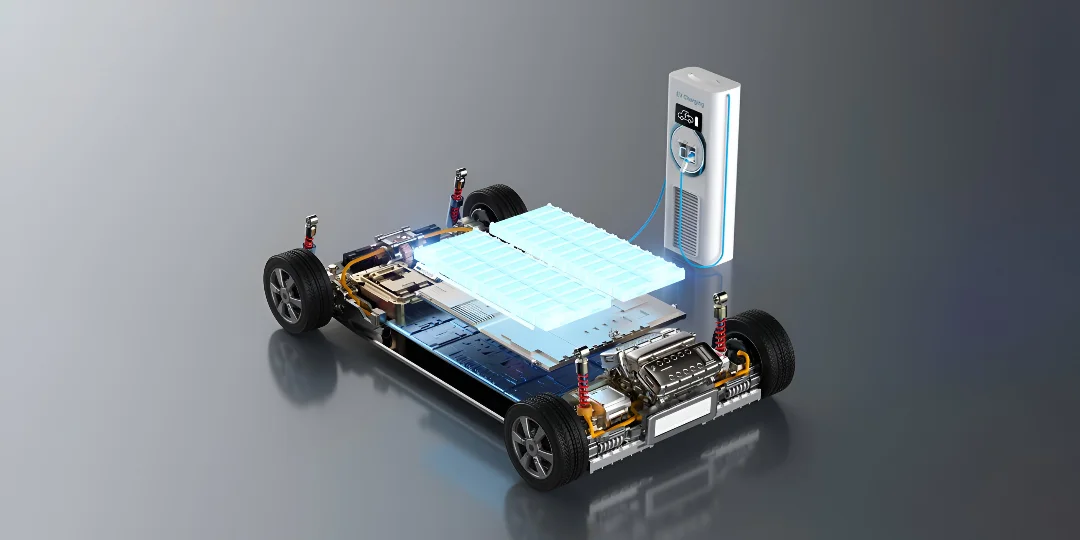
Your driving style directly affects EV battery life.
High throttle inputs can draw amps in short bursts, raising cell temperature and stressing electrodes. Gentle inputs help maintain a cool, balanced pack.
Regen braking not only recovers energy but also evens out charge levels across series-connected modules. This keeps the entire battery healthier over time.
When cruising on highways, reduce regen to maintain momentum—this stops frequent charge-discharge cycles that add cumulative wear.
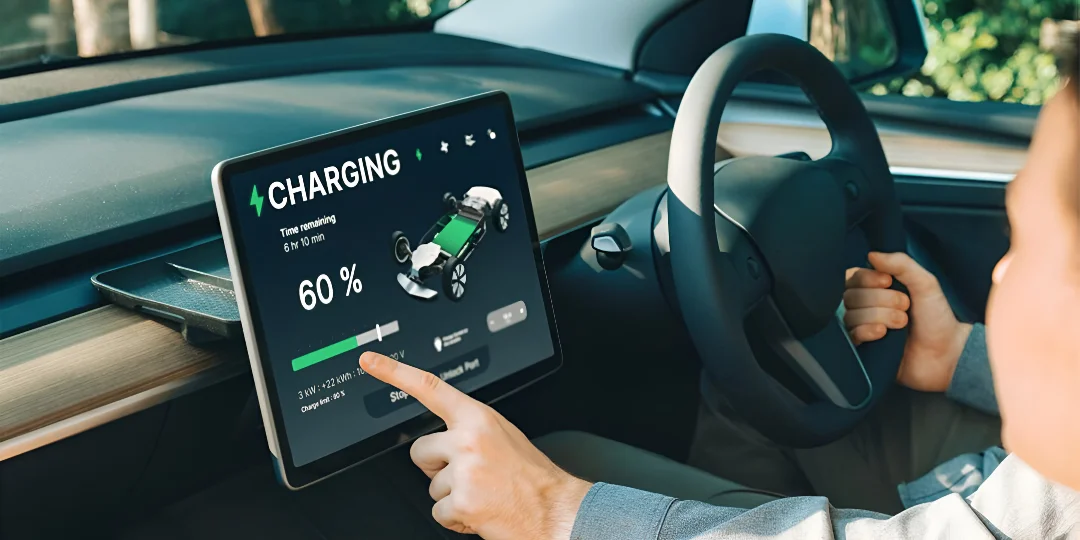
Stay ahead of issues by tracking your pack’s state of health.
Some third-party apps will alert you when individual cell voltages drift beyond 0.02 V—this is your cue to seek professional balancing.
Review your charge cycle count regularly; most packs are rated for 1,000–2,000 cycles before noticeable degradation.
Logging thermal spikes or extreme state-of-charge events helps your service center pinpoint potential leaks or insulation issues.
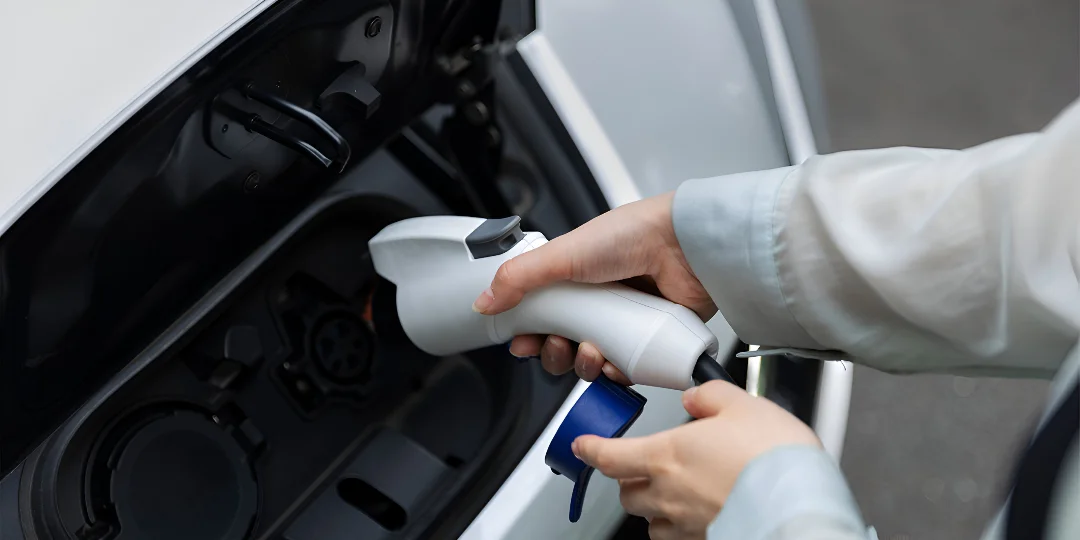
Many modern EVs use liquid cooling to keep pack temperatures optimal.
Blocked airflow forces your thermal system to work harder, increasing pump load and energy draw. A quick blow-out with compressed air can clear hidden gunk.
If your EV’s coolant uses a corrosion inhibitor, check its concentration during annual service—low inhibitor levels can lead to pitting inside the cooling loop.
Pay attention to any strange gurgling sounds from under the floorpan; that could be trapped air in the coolant circuit.
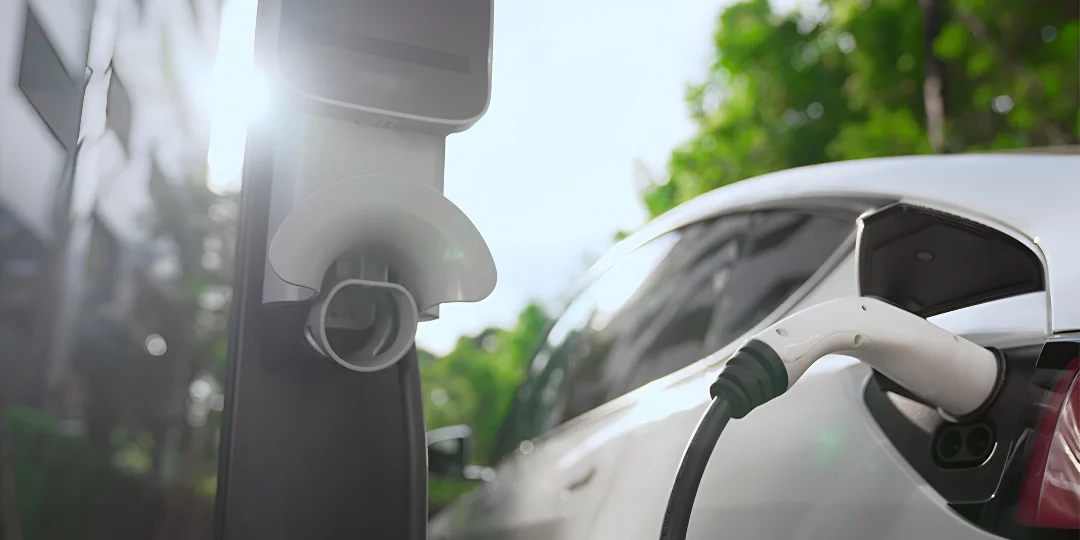
Monsoon rains or desert heat each pose unique challenges.
Humidity can condense inside vent pathways, so crack windows slightly after a wet drive to let moisture escape.
Keep a pouch of silica gel packs in the cabin to absorb residual dampness and prevent musty odors.
Winter brings thicker cabin HVAC use—plug in your car when pre-heating to avoid deep-cycle drain on the main pack.
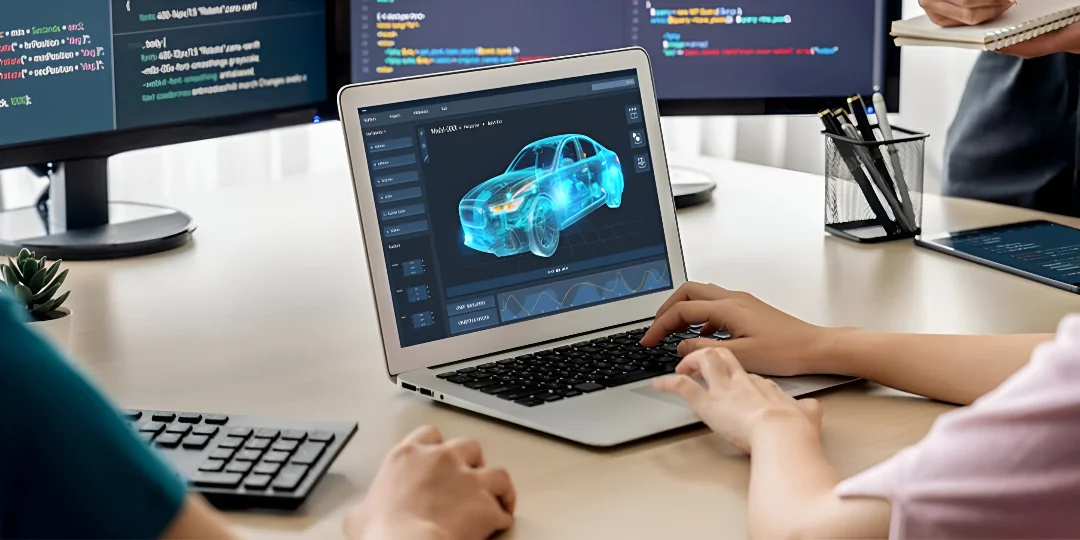
Your EV’s software is as critical as its hardware for battery management.
Manufacturers continually refine battery-management strategies—new algorithms can shave degrees off peak cell temperatures or reduce balancing losses.
If a firmware patch warns about an outdated battery-control unit, don’t delay; running mismatched software can cause erratic charging behavior.
Regularly review release notes for details on improved range estimation or enhanced pack diagnostics.
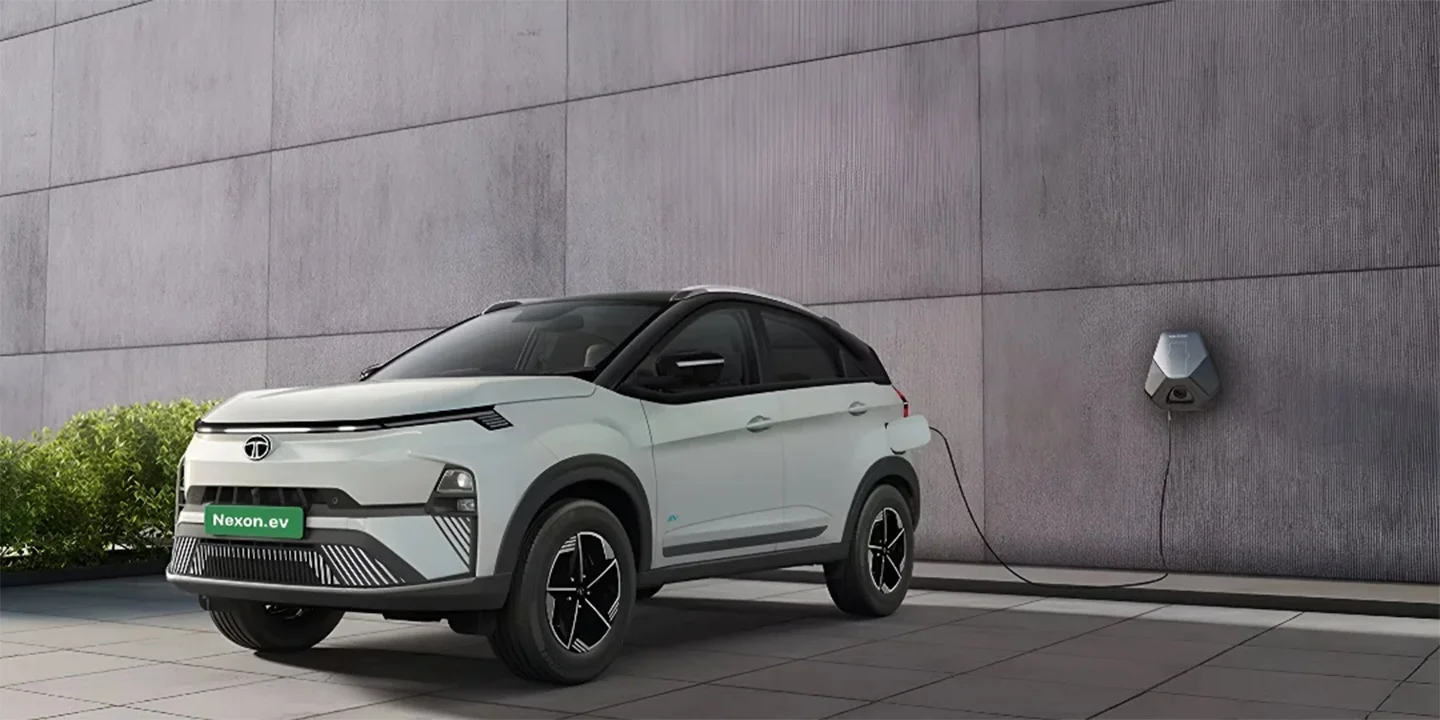
| Spec | Detail |
|---|---|
| Battery Capacity | 40.5 kWh |
| ARAI-Rated Range | 312 km |
| Charge (DC 0–80%) | 60 minutes |
| Charge (AC 0–100%) | 8 hours |
| Price (Ex-Showroom) | ₹14.30 L – ₹16.09 L |
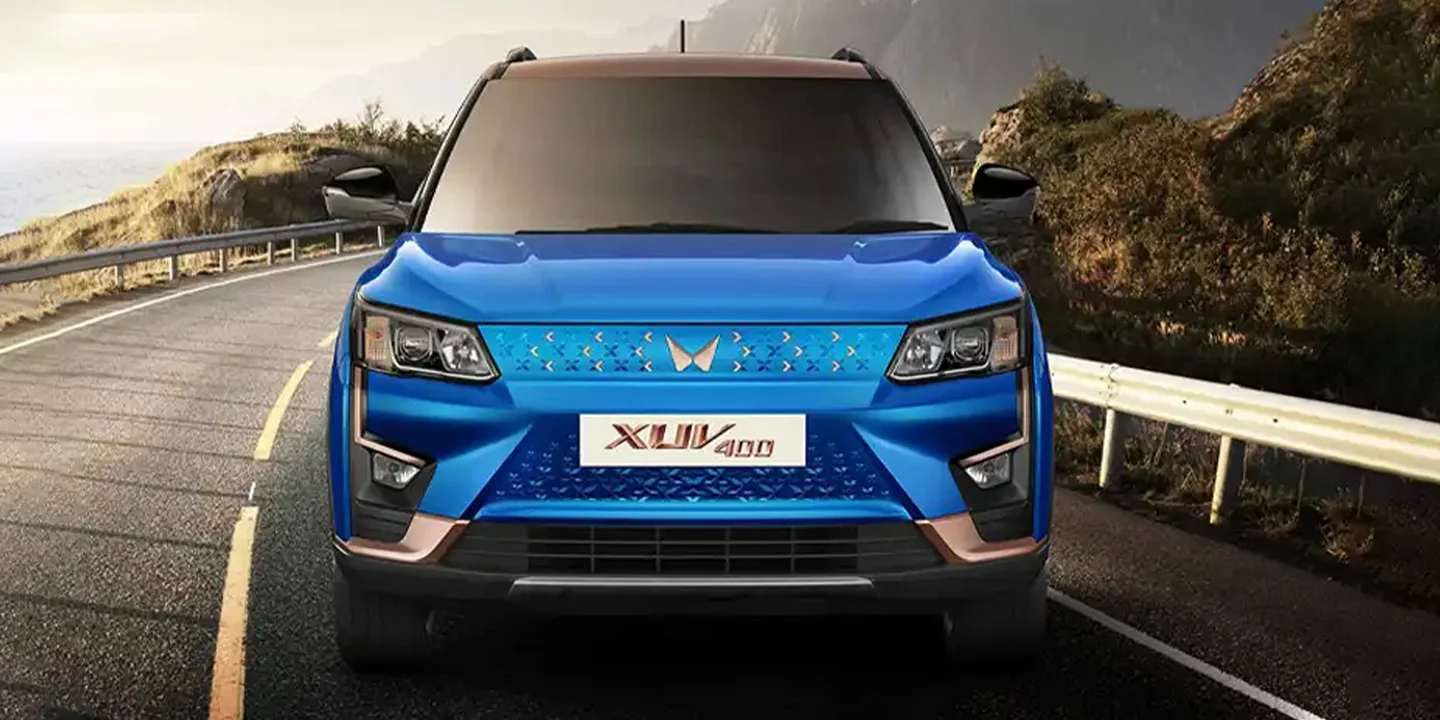
| Spec | Detail |
|---|---|
| Battery Capacity | 39.4 kWh |
| ARAI-Rated Range | 375 km |
| Charge (DC 0–80%) | 50 minutes |
| Charge (AC 0–100%) | 6.5 hours |
| Price (Ex-Showroom) | ₹15.49 L – ₹19.39 L |
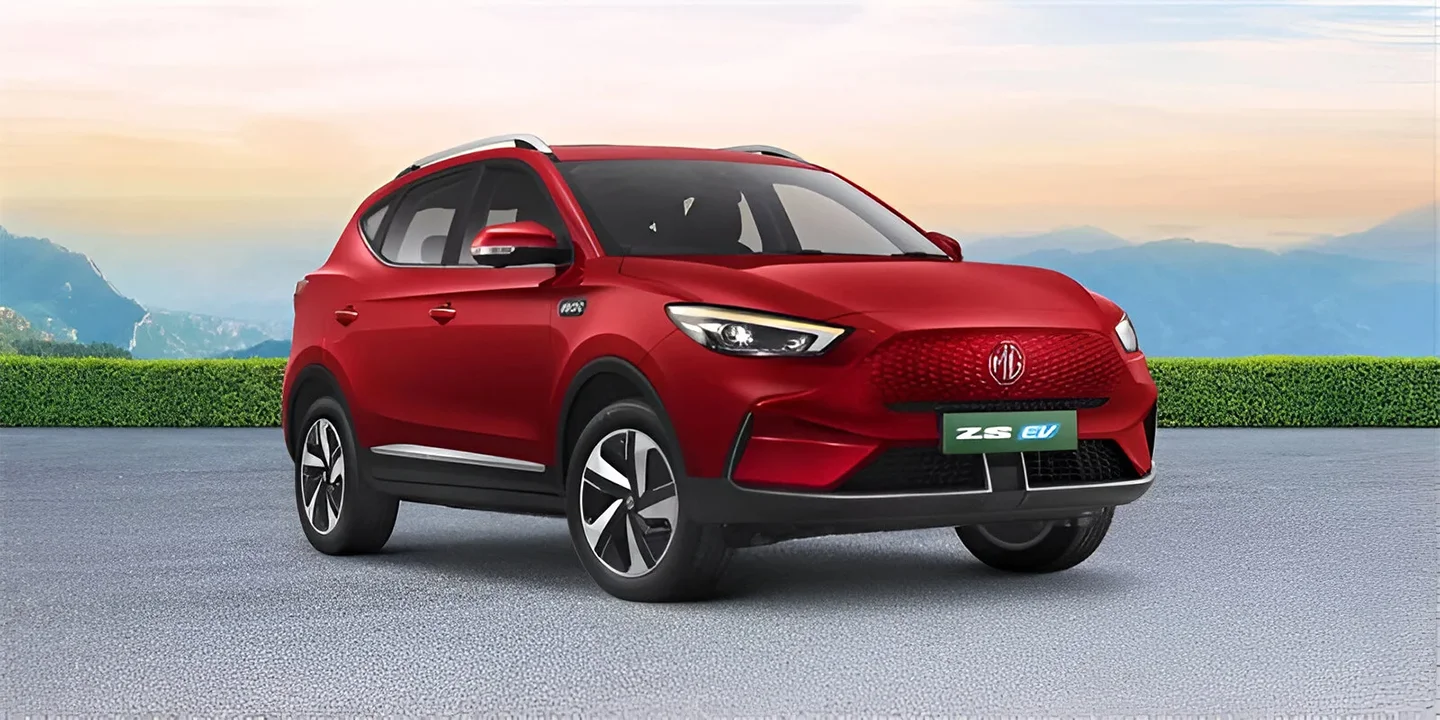
| Spec | Detail |
|---|---|
| Battery Capacity | 50.3 kWh |
| ARAI-Rated Range | 461 km |
| Charge (DC 0–80%) | 50 minutes |
| Charge (AC 0–100%) | 7.5 hours |
| Price (Ex-Showroom) | ₹23.48 L – ₹25.98 L |
Adopting these pro secrets for battery longevity will deliver more consistent range, healthier cells, and a higher resale value over the life of your EV.
Stay vigilant, stick to smart charging routines, and make preventive checks part of your routine.
Have your own EV battery care hack or a question on maintaining electric car battery health? Drop a comment below and let’s geek out on extending EV battery life together!
CarOnPhone is your one-stop destination to see all upcoming cars, latest cars, released cars, and EV Cars, and compare Cars in all Car Brands. Stay tuned and follow us to update yourself on the automotive world.

Ex-showroom price


40.5

Automatic

142.68
Ex-showroom price


34.5

Automatic

110
Ex-showroom price


50.3

Automatic

176.75



